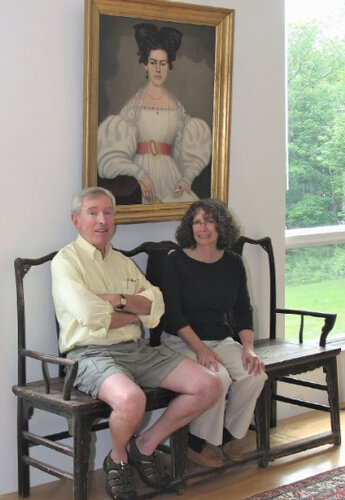131
131
Canada/USA, c. 1970
iron and textured iron-glazed porcelain tallest: 7¾ h × 3¼ dia in (20 × 8 cm) shortest: 5 h × 5 dia in (13 × 13 cm)
iron and textured iron-glazed porcelain tallest: 7¾ h × 3¼ dia in (20 × 8 cm) shortest: 5 h × 5 dia in (13 × 13 cm)
estimate: $1,000–1,500
result: $1,063
follow artist
Incised signature to underside of each example ‘‘Benedictine Monks Weston Vermont’ with ichthys symbol to two examples.































